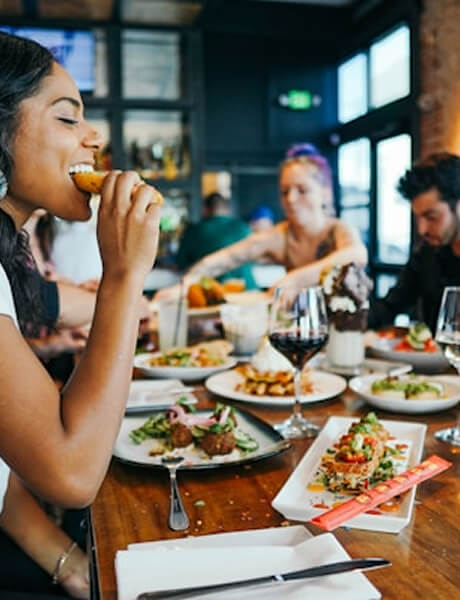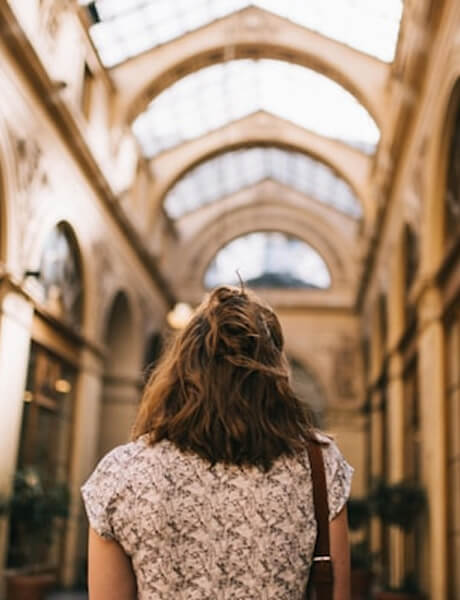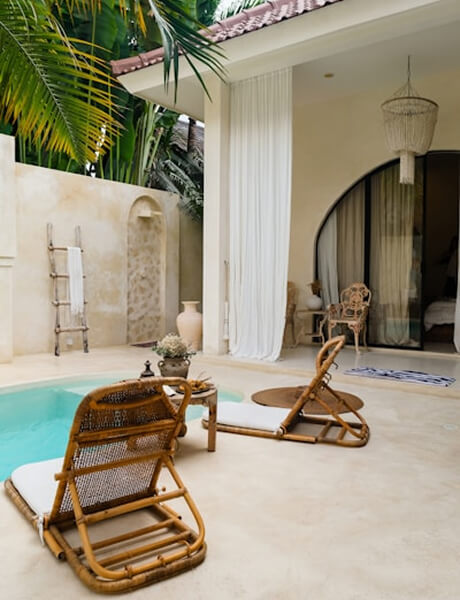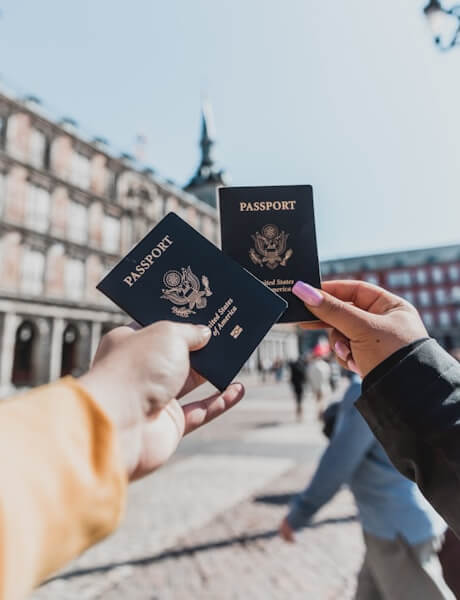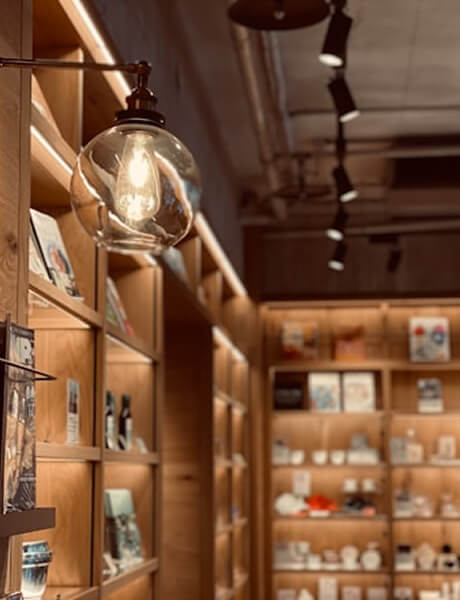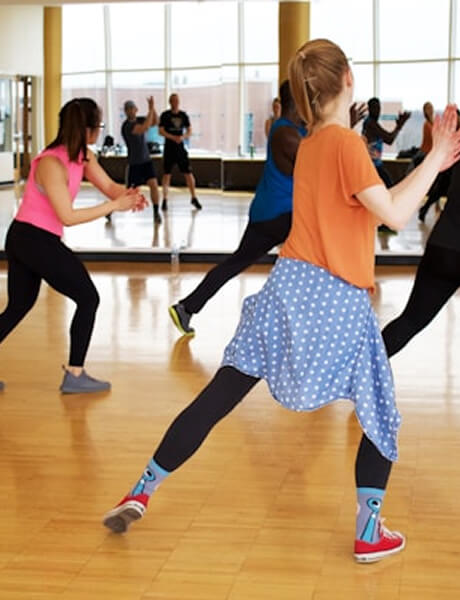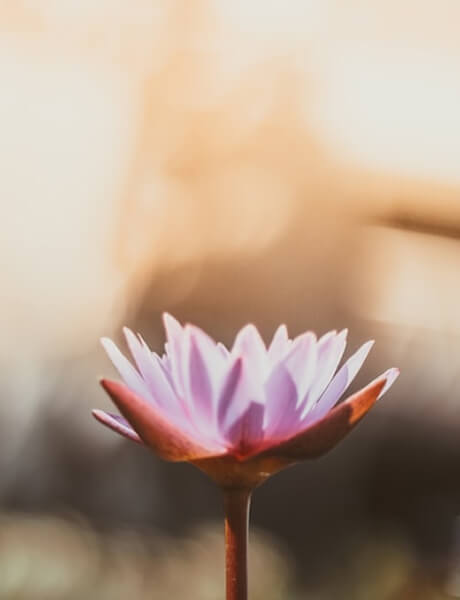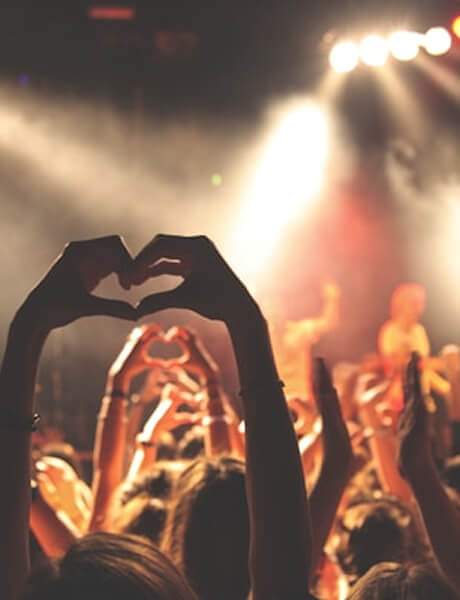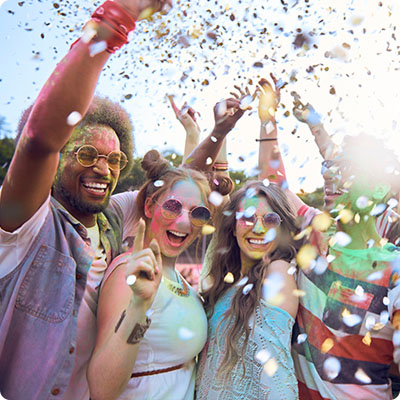
Travel guide Berlin
The best time to go à BERLIN
Practical information for travel à BERLIN
Get your travel guide: BERLIN

What to see what to do à BERLIN?
Where to go à BERLIN?
The most beautiful tourist sites
Other nearby tourist attractions de BERLIN
25 km away
Petit Futé's best addresses à BERLIN
Discover the most beautiful addresses selected by the authors of Petit Futé.
Featured articles de BERLIN

Getting to Berlin without flying: itinerary tips in 2025
Published on 10/09/2025 Sustainable tourism
Creative, cultural and lively, Berlin is a European capital on the move. Every year, it attracts many visitors with its museums, historical heritage and renowned nightlife. If you too would like to...

Top 15 of the world's most beautiful museums in 2025
Published on 17/07/2025 Activities and experiences
Art and architecture lovers, wherever you are in the world, there's sure to be a museum to please you. From Paris to Taipei, New York to Mexico City, Petit Futé offers you its selection of the world's...

Top 12 night trains in Europe in 2025
Published on 27/05/2025 Activities and experiences
Travelling by night train offers many advantages: you can cover long distances without having to take a plane, admire superb landscapes, enjoy the magical experience of waking up in a completely different...
How to travel à BERLIN
How to go alone
It is very easy to travel alone in Berlin. Public transportation and hotels are plentiful, so you can make your choice. To avoid wasting too much time queuing up in front of each monument, consider buying your tickets in advance on the Internet or on site the day before. You can also save time by buying tickets for a few extra euros.
How to go on a tour
There are many tour operators that offer stays. The most common ones are getaways (3 days and 2 nights or 4 days and 3 nights) and long weekends. Prices vary depending on the means of transportation chosen and the time of booking; last-minute offers are the most interesting. In Berlin, because of the location, there are many cultural trips, but the prices are higher.
How to get around
It would be useless and expensive to take a car into Berlin. All the places of interest, even the most remote, are accessible by bus or subway. There are offers for a few days or for a week. Outside of Berlin, the most important attractions in the area can be reached by public transport, such as Potsdam.
Book your next trip with Kayak
Travel à BERLIN
Ideas for holidays and week-end breaks à BERLIN
Services
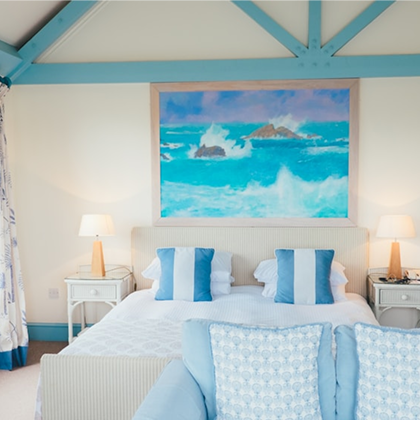
Find a hotel with Booking.com
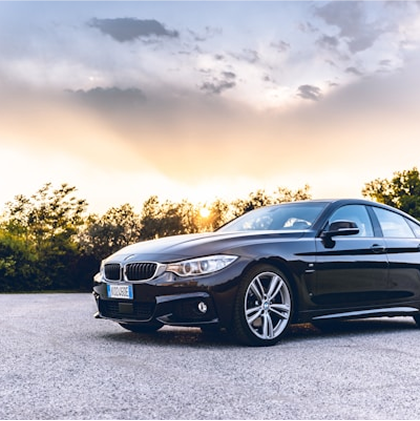
Rent a car with Bsp-auto
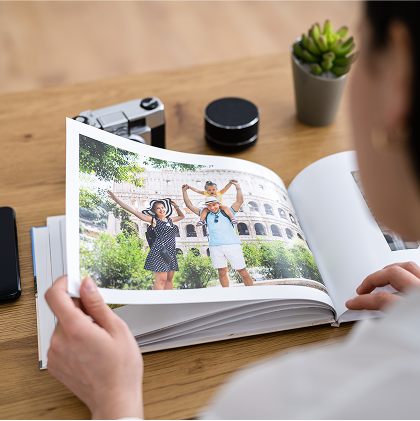
Create a blog and travel journal
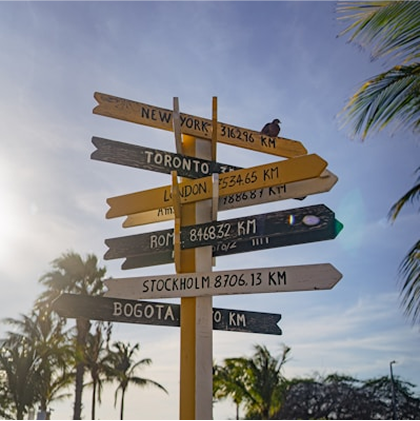
Find an agency with Quotatrip
Find unique holiday offers with our partners
Discover BERLIN
Berlin is an astonishing city, where the ups and downs of its turbulent history never cease to surprise, and to discover it is to come face to face with its tortured past. Until the end of the 20th century, the city was at the heart of the conflicts and tensions of the Cold War. Today, it fascinates because it is the story of a rebirth, of an unexpected comeback. The architecture of the reconstruction after the fall of the Wall is fascinating for its creativity. Many major architectural firms were involved in rebuilding a city whose urban fabric is still riddled with gaping wounds. But Berlin has come to terms with its scars. The city also holds a privileged place on the international art scene: its theaters, operas and museums, which have a long tradition, are world-renowned. As for the independent art scene, the Freie Szene, it is essentially forward-looking.
The 12 keywords à BERLIN

#Ampelmännchen
The little pedestrian man at the traffic lights has become an emblem of Berlin. First introduced in East Berlin, it was later used throughout the GDR. When the Wall fell, the city council wanted to replace it with the classic pedestrian traffic lights of the West, but it was ardently defended. Today, it can even be found in West Berlin.
#Berolinism
Berliners are fond of using colloquial expressions to refer to places and monuments in their city. Experts refer to thisas "Berlinerism" or"Berlinism". Alexanderplatz becomes Alex, Boxhagener Platz becomes Boxi or Kottbusser Tor, Kotti. These common expressions are widely used in everyday language.

#Döner
Legend has it that the doner kebab was invented in Berlin by a Turkish immigrant, Mehmed Aygün, in order to seduce German customers who were used to eating on the go. Quite different from its French counterpart, the Berlin kebab is always filled with red cabbage. Very cheap and hearty, its success is not denied among the night owls.
#FKK
The culture of the free body(Freie KörperKultur) is well established in Germany. It is not uncommon in some parks or on the beach to see Germans in the simplest of clothes. Don't be surprised if you go to the sauna in Berlin, swimsuits are often not allowed. "So stop wearing textiles!
#Kiez
Berlin is a monster-city, seven times the size of Paris. There are 12 gigantic districts (Bezirke), themselves subdivided into neighborhoods (Stadtteile). Berliners identify a further sub-category: the Kiez, a few city blocks, a supermarket, bars and shops; their little neighborhood life in a nutshell.

#Bears
According to a popular misconception, Berlin got its name from the bear(Bär). It seems that this symbol is due to the Margrave of Brandenburg, Albert I, known as "The Bear". Since 1280, the bear has been the heraldic animal of the city. You will find it everywhere: on the flag, as a statue, as a stuffed animal in souvenir stores, etc.
#Späti
Inseparable from Berlin life, Spätis- short for Spätkauf - are where you'll find beer, spirits, chips, chocolate and other foodstuffs just down the street. Some Spätis even have their own terrace where you can enjoy a beer on a summer's evening.

#Reunification
The symbolic act of Reunification was undoubtedly the fall of the Berlin Wall on 9 November 1989. Then it was a long process of reweaving between the two parts of the city. For example, the entire transport network had to be rethought. As the capital of the Federal Republic of Germany, Berlin has regained its place among the world's major cities.
#Schnauze
Literally, the "Schnauze" refers to the mouth of an animal. But when Germans speak of the "Berliner Schnauze", they are referring to the outspoken nature of the inhabitants of the capital. It is a depreciatory and rather contemptuous way of characterizing Berliners, who are often thought to be a little rough and uncooperative.
#Szene
The Berlin scene, known as Szene, is a concept that encompasses a way of life, fashions and trends, nightlife and political currents... Berlin's Szene, which is fundamentally alternative, also encompasses a wide range of party venues, from the most incongruous to the most exclusive clubs... The Szene is Berlin on the move.
#Wegbier
Beer is the drink of choice in Berlin - as it is throughout Germany. The "Wegbier" refers to the bottle of beer that you drink on the way to the nightclub or on the street. So don't be surprised to see Berliners drinking like this on the subway. Different country, different customs.
#WG
Shared flats - or WG for Wohngemeinschaft - are highly developed in Berlin. While it used to be easy to find a flat-share in Berlin, the city's success has led to an influx of newcomers, making the search more complicated and competitive. To get into a WG, you have to be prepared for a real casting.
You are from here, if...
You wait at the traffic lights. Berliners are probably less disciplined than Munichers, but more so than Parisians. It's better to wait for the green light before crossing the road and avoid standing in the bike lane.
You understand and master both directions of the "Ringbahn". The S-Bahn called "Ringbahn" runs in both directions on a circular route around the center of Berlin. Figuring out which way to go can take some thought.
You leave a tip (Trinkgeld). It's customary to round up the bill and tell the waiter how much you're going to pay, including the tip. This way, you'll get the change accordingly.
You get the Berlin humor. In the rest of Germany, Berliners are known to be a little rough around the edges. The harsh frankness of the capital's inhabitants is often a mark of humor.
You hug each other goodbye.









